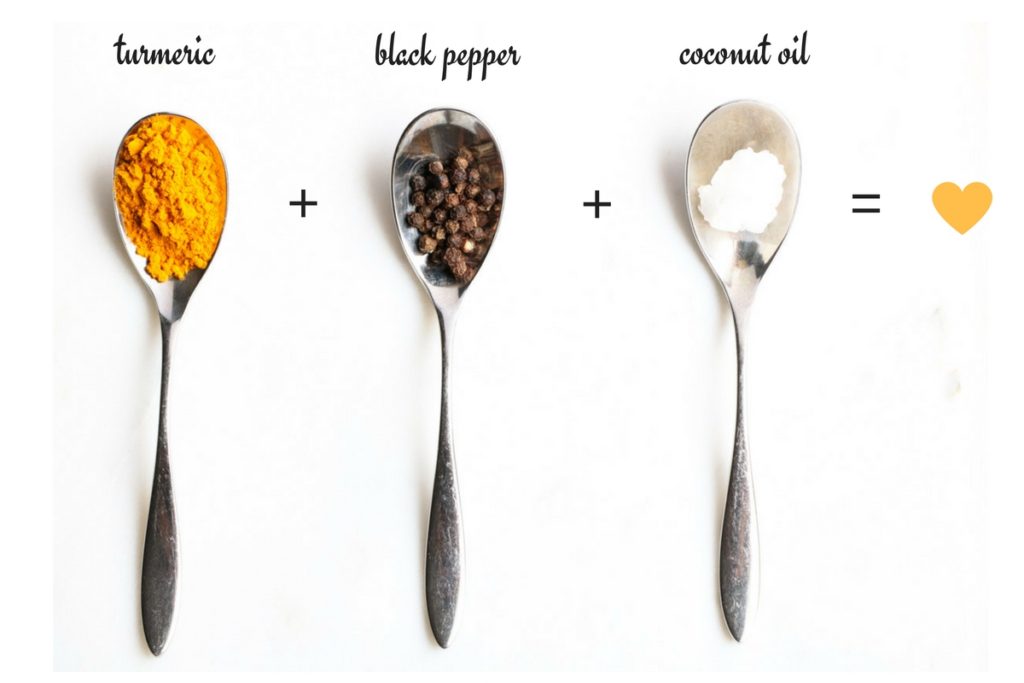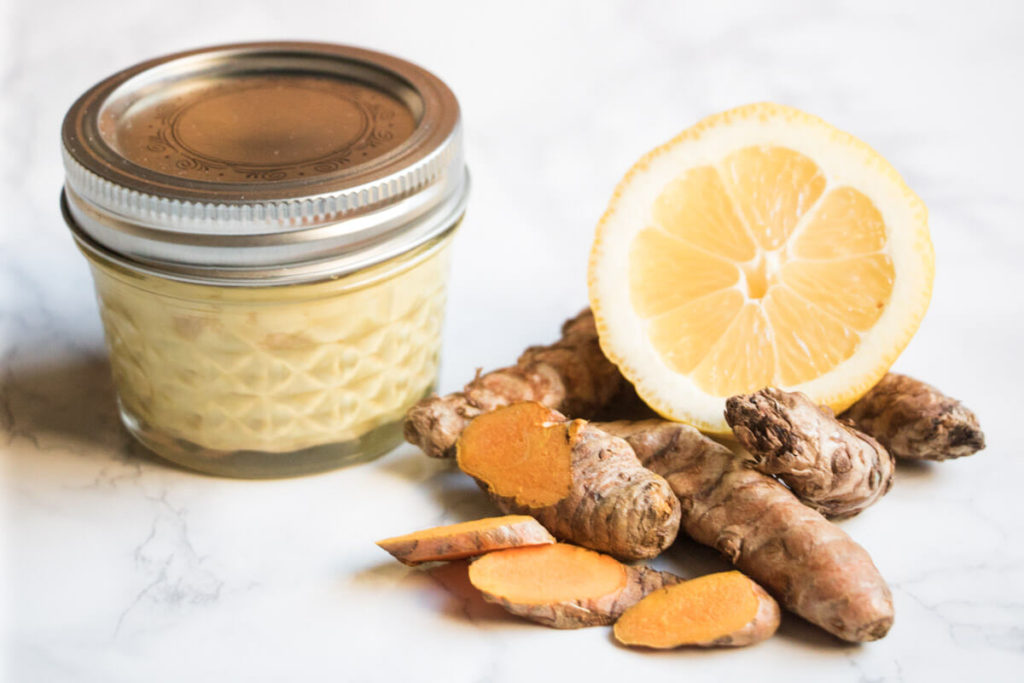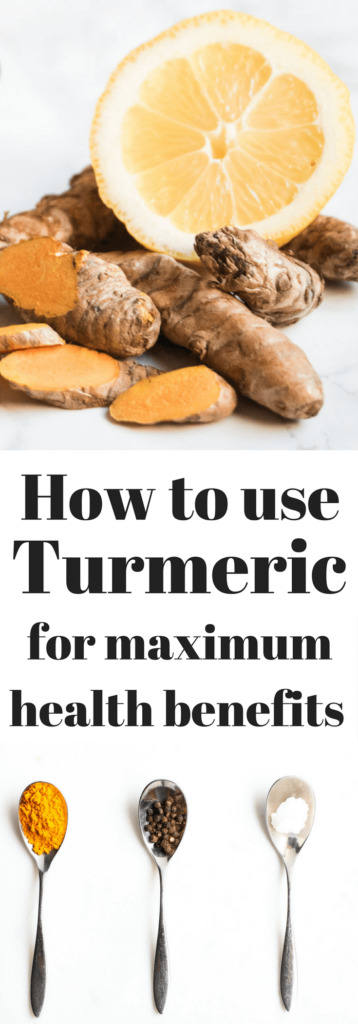Turmeric is a spice that has been long recognized for its medicinal properties. Learn how to best use turmeric in your kitchen to increase it's healing properties.

Turmeric, the bright yellow spice most well known for its use in curries, is a powerful anti-inflammatory that has been used for centuries in eastern medicine.
I am mildly obsessed with finding creative ways to add turmeric to my diet, but before you do there are a few things you should know about how to properly use turmeric for maximum benefit.
Curcumin Vs. Turmeric
Curcumin is the main active ingredient in turmeric and quite frankly the main reason you want to include turmeric into your diet.
Health Benefits of Turmeric
- Anti-inflammatory – curcumin has been shown to be as effective as many anti-inflammatory drugs, without the nasty side effects of pharmaceuticals. Reducing inflammation in the body is key to aid in disease prevention and improve overall health.
- Anti-oxidant – curcumin's antioxidant properties destroy free radicals in the body that damage blood cells.
- Anti-microbial – curcumin contains anti-microbial properties that help to fight off unwelcome pathogens.
- Wound healing – turmeric is a natural antibacterial agent and can be beneficial if used topically to help speed wound healing.
- Cancer Prevention – multiple research studies have found that curcumin can suppress cancerous tumor growth and also suppress the effects of cancer-causing environmental exposures.
How to Increase the Healing Properties of Turmeric
We know turmeric has massive healing properties, the trouble is that many studies regarding absorption, assimilation, and transportation have revealed that due to turmeric's rapid metabolism it has relatively low absorption and bioavailability.
The best way to increase the bioavailability of turmeric's active compound, curcumin, is by ingesting turmeric with two very important sidekicks:
- Piperine, the active compound in black pepper can increase curcumin absorption by as much as 2000%!
- I also recommend consuming turmeric with a healthy fat like coconut oil, because curcumin is fat-soluble it needs to be dissolved in fat in order to make it into the intestines where it can then be absorbed into the bloodstream.
Also, turmeric + black pepper + coconut oil happen to taste amazing together.
How to Take Turmeric
I recommend cooking with turmeric several times per week, use some of my delicious turmeric recipes below. If you want even more benefit you can take a turmeric supplement. The professional grade supplement companies Thorne and Integrative Therapeutics both make wonderful high quality turmeric supplements. You can find my favorite turmeric supplements here.
The Best Turmeric Recipes

-
Turmeric Tahini Dressing
-
Vegan Turmeric Eggnog
-
Tropical Turmeric Popsicles
-
Coconut Split Pea Soup
-
Turmeric Ice Cream
References:
Lantz, R. C., Chen, G. J., Solyom, A. M., Jolad, S. D. & Timmermann, B. N. 2005. The effect of turmeric extracts on inflammatory mediator production. Phytomedicine, 12, 445-52. PMID 16008121
Midura-Kiela, M. T., Radhakrishnan, V. M., Larmonier, C. B., Laubitz, D., Ghishan, F. K. & Kiela, P. R. 2012. Curcumin inhibits interferongamma signaling in colonic epithelial cells. Am J Physiol Gastrointest Liver Physiol, 302, G85-96. PMID 22038826
Patial, V., Mahesh, S., Sharma, S., Pratap, K., Singh, D., & Padwad, Y. S. (2015). Synergistic effect of curcumin and piperine in suppression of DENA-induced hepatocellular carcinoma in rats. Environmental toxicology and pharmacology, 40(2), 445-452.
Singh, S., Jamwal, S., & Kumar, P. (2015). Piperine enhances the protective effect of curcumin against 3-NP induced neurotoxicity: possible neurotransmitters modulation mechanism. Neurochemical research, 40(8), 1758-1766.


















